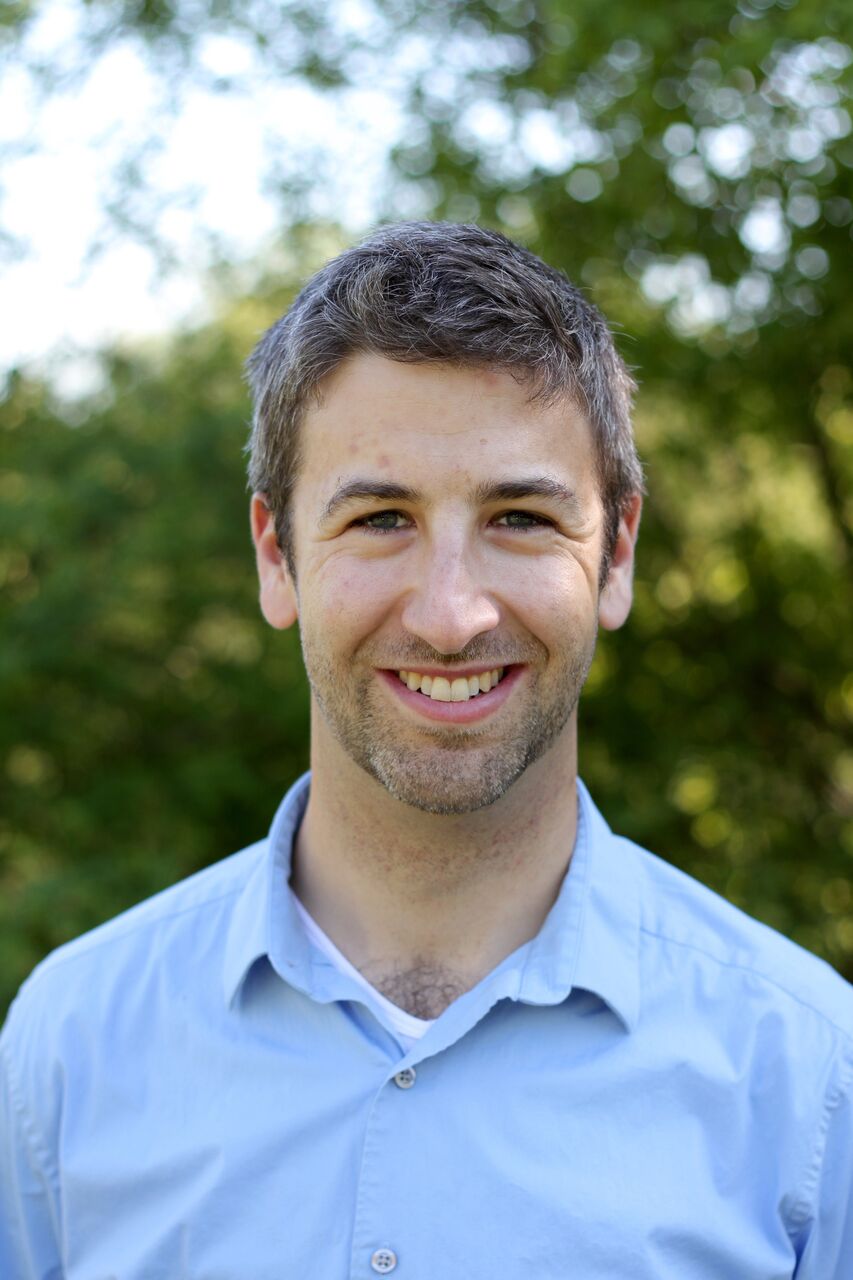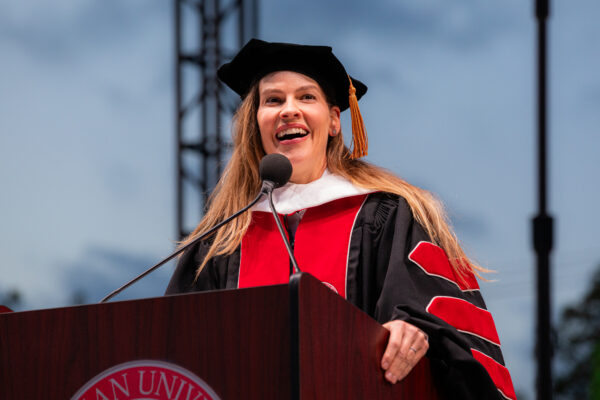A new study using images captured from the International Space Station (ISS) is helping scientists understand the inner workings of plant life on Earth by showing how different plants balance growth and water use. A team of scientists from NASA’s Jet Propulsion Laboratory (JPL) and Chapman University released the results of the study in the April 14 journal Nature Plants article “Convergence in water use efficiency within plant functional types across contrasting climates.”
The major study over 2.5 years identifies the tradeoffs described as plant water-use efficiency among nine plant types in 11 ecosystems around the world using tens of millions of observations in temperature images of the Earth’s surface acquired from space using a new instrument aboard the ISS called ECOSTRESS.
The temperature images indicate evapotranspiration and photosynthesis rates in places previously impossible to measure on the ground or observe with satellite instruments, and the scientists’ findings provide important insights into how global climate change will shape the future of plant communities and the ecosystem services they provide.
“ECOSTRESS is remarkable in that it allows us to determine plant water use nearly anywhere on Earth at spatial scales that were unthinkable just a few years ago, all from an instrument that is traveling more than 17,000 miles per hour more than 250 miles above us,” said study coauthor Joshua Fisher, a Presidential Fellow of Ecosystem Science in Chapman University’s Schmid College of Science and Technology.
The study was led by Savannah Cooley, a graduate student at Columbia University and scientist at JPL, in collaboration with Fisher and Gregory Goldsmith at Chapman University. Fisher was the science lead for ECOSTRESS while at JPL prior to joining Chapman’s faculty. He was recently named a highly cited researcher by Clarivate, placing him in the top 1% of researchers globally. Goldsmith is an assistant professor of biological sciences and director of the university’s Grand Challenges Initiative. He is a member of NASA’s ECOSTRESS Science and Applications Team.
In this first-of-its kind study, scientists found that plants of the same type (such as deciduous broadleaf and evergreen needleleaf trees, tall or low shrubs, herbs and non-herbaceous grasses, etc.) often had very similar water-use efficiency regardless of where they grew. The results indicate that it is the type of plants, rather than the climate in which they are growing, that dictates the water efficiency.
The study offers several insights for future adaptation to warmer and drier climates:
- Plant types with longer lifespans, such as shrubs and trees, have higher water-use efficiency than plant types like grasses, which have shorter lifespans.
- Plants use and lose water when they take on carbon dioxide to photosynthesize and grow.
- Plant species capable of growing more while using less water may be more resilient to the increasing frequency, intensity and duration of drought events projected to occur with global climate change.
The data originate from ECOSTRESS, the ECOsystem Spaceborne Thermal Radiometer Experiment on Space Station, a mission launched by NASA in 2018 to provide information on global land surface temperature at unprecedented spatial and temporal resolutions. ECOSTRESS was built by NASA’s Jet Propulsion Laboratory (JPL) and launched into orbit aboard a SpaceX Dragon cargo spacecraft lifted by a Falcon 9 rocket. ECOSTRESS now sends images at a resolution less than that of a football field every 2-3 days. The study was supported by the ECOSTRESS mission and by the NASA Research Opportunities in Space and Earth Science grant # 80NSSC20K0216.
About Chapman University
Founded in 1861, Chapman University is a nationally ranked private university located in Southern California. Chapman is categorized by the Carnegie Classification as an R2 “high research activity” institution and offers personalized education to more than 10,000 undergraduate and graduate students. The campus has produced a Rhodes Scholar, been named a top producer of Fulbright Scholars, and hosts a chapter of Phi Beta Kappa, the nation’s oldest and most prestigious honor society. Based in the city of Orange, Chapman also includes the Harry and Diane Rinker Health Science Campus in Irvine. In 2019, the university opened its 11th college, Fowler School of Engineering, in its newest facility, Keck Center for Science and Engineering. Learn more about Chapman University: www.chapman.edu.
###
Media Contact:
Cerise Valenzuela Metzger, Director of Public Relations, cmetzger@chapman.edu
Desk: 714-289-3143 Mobile: 657-390-6760




